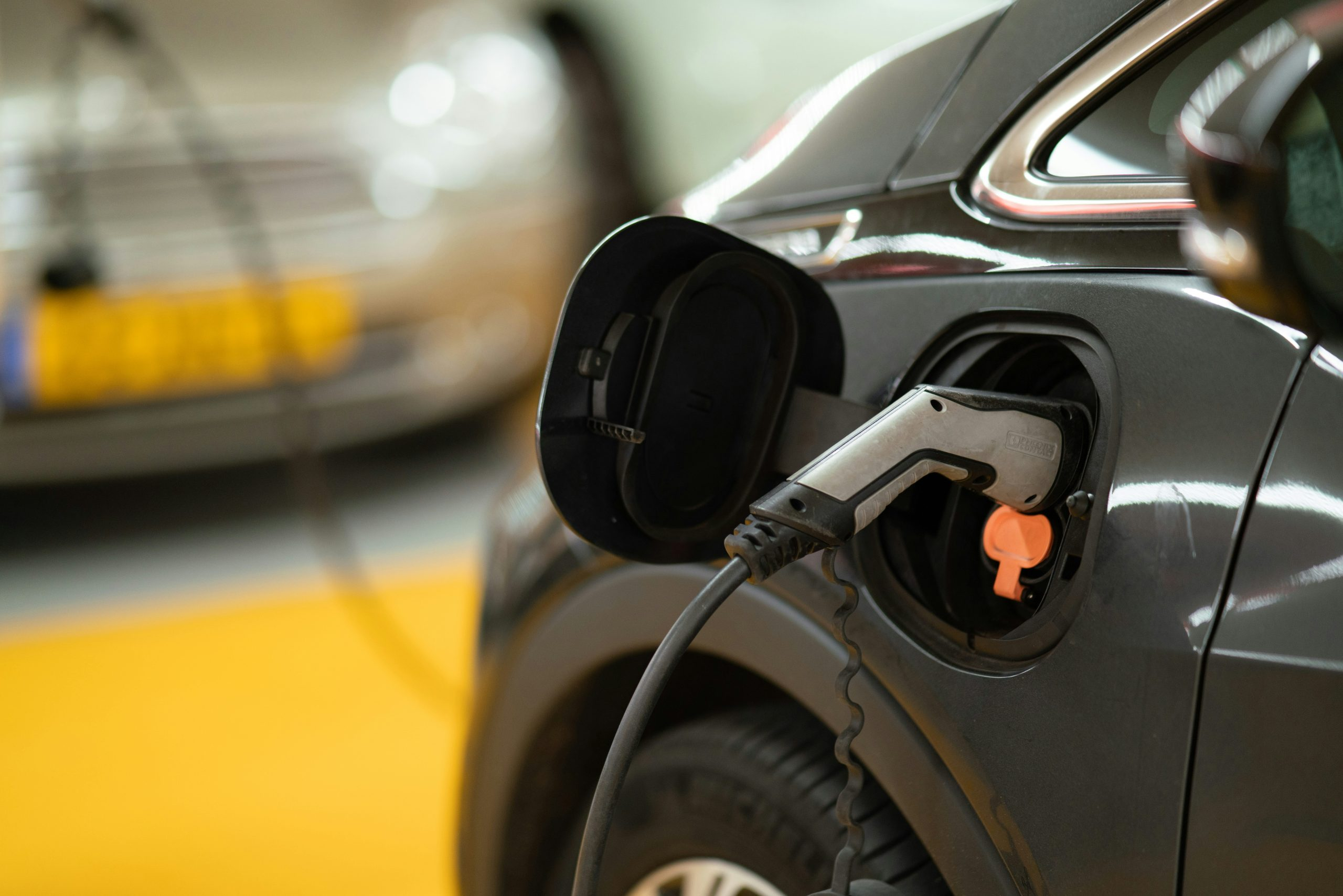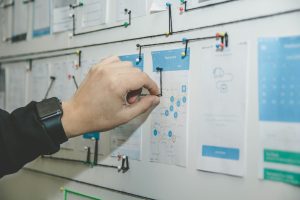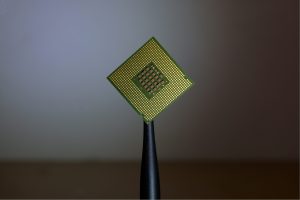The Comprehensive Exploration of Transportation’s Design Future
The evolution of transportation has been a constant throughout human history. From early forms of animal transport to the invention of the wheel, to the development of locomotives and automobiles, transportation has continually advanced and adapted to meet the ever-growing demands of society. Now, in the digital age, transportation’s design is on the verge of a groundbreaking revolution. The integration of technology, sustainability, and human-centered design is shaping the future of transportation in ways we never imagined. In this article, we will embark on a comprehensive exploration of transportation’s design future, delving into the innovative developments that will shape the way we move.
Technology: Transforming the Way We Move
The integration of technology into transportation has been a game-changer. From self-driving cars and drones to ride-sharing apps, technology is transforming the way we move around. In the coming years, technology will continue to push the boundaries of transportation design. One of the most significant developments is the concept of smart cities – urban areas equipped with technology to improve the efficiency and sustainability of transportation. With the rise of electric and autonomous vehicles, combined with smart infrastructure, cities will become more accessible and environmentally friendly.
Self-Driving Cars
Self-driving cars are set to revolutionize transportation as we know it. With the advancements in artificial intelligence and sensor technology, autonomous vehicles can efficiently navigate roads, avoid collisions, and reduce traffic congestion. They also offer a convenient solution for people who are unable to drive, such as the elderly or disabled. As the technology continues to improve, experts predict that self-driving cars will become mainstream in the next decade, paving the way for a safer and more efficient mode of transportation.
Urban Air Mobility
The rise of urban air mobility (UAM) is another exciting development in the transportation industry. UAM is the use of small, electric-powered aircraft to transport passengers and goods within urban areas. These aircraft are designed to take off and land vertically, eliminating the need for runways. With UAM, people can avoid traffic and reach their destinations quickly, making it a practical solution for short-distance trips. Companies like Uber and NASA are already investing in UAM and conducting tests to make it a reality in the near future.
Sustainability: A Greener Approach to Transportation
In recent years, there has been a growing awareness of the harmful effects of transportation on the environment. The high levels of greenhouse gas emissions from vehicles have contributed to climate change, prompting the need for more sustainable solutions. With this in mind, transportation designers are pushing for eco-friendly alternatives to traditional modes of transportation.
Electric Vehicles
Electric vehicles (EVs) are becoming increasingly popular, and with good reason. They run on clean energy, emit zero emissions, and are more cost-effective in the long run. With advancements in battery technology, EVs have a longer driving range and can recharge faster than ever before. Major car manufacturers are making the shift towards electric vehicles, and many countries have pledged to phase out gas-powered vehicles by 2030. This transition will not only reduce carbon emissions, but it will also contribute to creating a more sustainable future.
Alternative Modes of Transportation
Beyond electric cars, there are other eco-friendly modes of transportation that are gaining traction. One of these is electric scooters, which offer an efficient and compact way to navigate through urban areas. E-bikes, which combine the features of traditional bicycles and electric motors, are also becoming increasingly popular. Both these alternatives offer a greener way to commute and promote a healthier lifestyle.
Human-Centered Design: Putting People First
As we move towards a more technology-driven and sustainable transportation system, it is imperative to prioritize the needs and well-being of people. Human-centered design is an approach that focuses on understanding the needs and behaviors of individuals to create solutions that work for them. Transportation designers are applying this concept to create a more seamless and user-friendly experience for commuters.
Mobility-as-a-Service (MaaS)
Mobility-as-a-Service (MaaS) is a concept that aims to integrate various modes of transportation into a single platform. This approach will allow users to plan and pay for their journeys using a single application, rather than using different apps for different modes of transportation. MaaS puts the needs of commuters first, offering a more convenient and efficient way to travel while also reducing congestion and carbon emissions.
Universal Design
Transportation designers are also incorporating the principles of universal design into their creations. Universal design is an approach that promotes the accessibility and inclusivity of products and environments for people of all ages, abilities, and backgrounds. By designing transportation systems that cater to the diverse needs of individuals, we can ensure that no one is left behind.
The future of transportation’s design promises an exciting and transformative journey. With the integration of technology, sustainability, and human-centered design, we are on the brink of a transportation revolution. By envisioning a future where transportation is efficient, eco-friendly, and people-centered, we can create a better world for generations to come.










